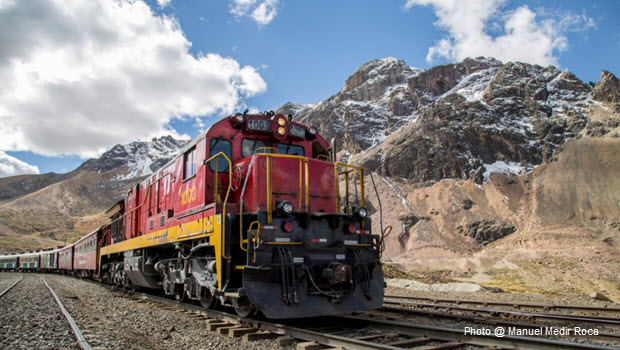
Astonishing Andean Train Ride from Lima to Huancayo
Experience the Peruvian Andes on an unforgettable train ride from Lima to Huancayo aboard the highest altitude railway in the Western Hemisphere.
The Lima-Huancayo tourist train service remains suspended after due to Covid-19 and since protests in January 2023. We’re hopeful that Ferrocarril Central Andino will be lifting that for the 2024 season. Stay tuned for updates!
There’s something special about traveling by train. There’s a particular passivity to it, almost as though you’re not the one moving. It’s the world that passes through your window. The world comes at you through the window of a rail car in a way you typically don’t see it from an airplane or a bus; the fabric of society doesn’t bend around a train track the way it does around a highway, and the essence of quotidian life that’s lost on a plane at 35,000 feet is laid bare on a train just feet beyond the metal ties. When you travel to Peru, you can capture this romantic, classic form of travel on the Ferrocarril Central Andino.
Highly recommended: These experiences are best for tours in Huancayo
The Train Ride from Lima to Huancayo
The Ferrocarril Central Andino (Andean Central Railroad) began construction in 1870 and was completed in the early 1900s. It traverses a whopping 58 bridges and 69 tunnels. Reaching a maximum altitude of nearly 16,000 feet, it’s the Highest Altitude Railway in the Western Hemisphere, second only in the world to the Qinghai Tibet Railway in China. In short, it’s a train ride for train lovers.
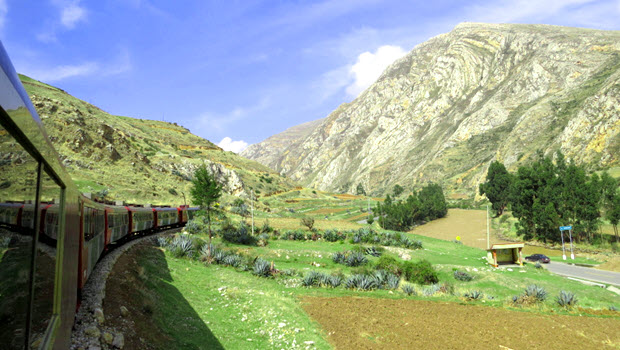
The 14-hour train ride begins eastbound from Lima, weaving through the Cordillera Occidental (Western Range) of the Andes. It goes through the Valle del Mantaro (Mantaro Valley), home to Jauja, location of Peru’s first capital. The train includes the following attractions:
- San Bartolomé Station, a stop where passengers can get out and watch the train operators flip the motor on a large turntable in order to continue the journey on the main railroad and ascend up into the mountains
- Puente Carrión, the longest bridge of the journey, stretching more than 700 feet between mountains
- Matucana Station, a small town where passengers can disembark, stretch their legs, and buy food, drinks, or artisan crafts from local vendors
- Tamboraque and Viso, two locations where the train does switchbacks, or “zig zags,” back and forth to reach a high pass
- Puente El Inferniello, a breathtaking bridge that connects two tunnels at Kilometer 129 of the journey
- Ticlio Station, a quick rest area at 15,600 feet with stunning views of the Central Range of the Andes
- Galera Station, the second-highest railway station in the world at nearly 16,000 feet
You Might Also Like: Huaraz 4 Days 3 Nights: The Perfect Four Day Itinerary
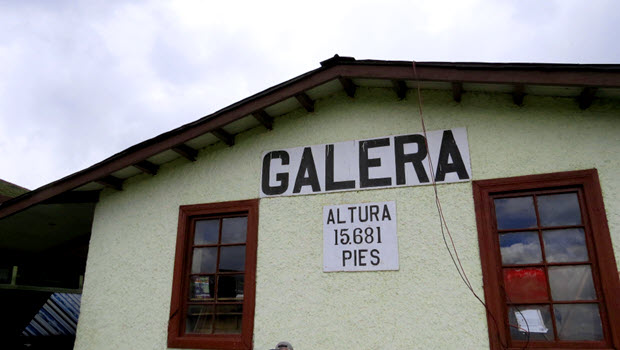
The train reaches it destination at Huancayo, a provincial capital high in the Peruvian Andes. Huancayo offers all the natural beauty, ancient and modern history and archaeology, and delectable cuisine of other mountain cities in Peru, but it’s farther off the tourist circuit, offering a realer, more authentic experience. It’s a lovely and unique place to visit, and the train from Lima is a delightful way to get there.
Lima Huancayo Train Schedule 2020
The train runs once or twice a month. The 2020 schedule has just been published with departures from April through November. You can contact Fertur Peru Travel with questions about the train schedule by visiting our Ticket Information Page for the Ferrocarril Central Andino Train to Huancayo.
Lima to Huancayo Train Tickets
The train offers two types of train carriages: classic and touristic class. A seat in the classic car includes breakfast, lunch, while the touristic car, in addition to breakfast and lunch, includes more comfortable seats, windows on the roof for a panoramic view, a bar, and an open air compartment (plus a complimentary pisco sour!).
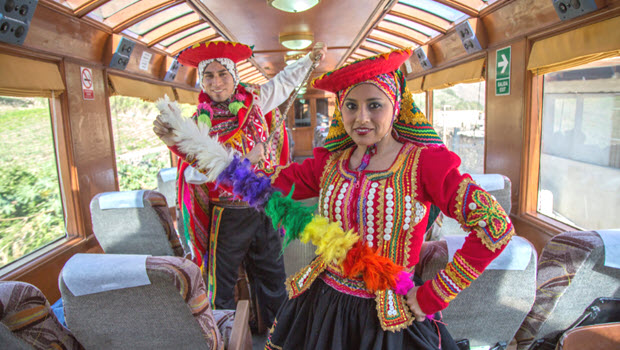
You Might Also Like: Huancayo 3 Days 2 Nights: Book Now with Fertur!
The Engineering Marvel of the Central Andean Railway
Construction of the railroad took nearly 40 years to complete, starting in 1870 and finishing in September 1909. The railroad was the brainchild of Henry Meiggs, a 19th century land speculator and engineer, who arrived from San Francisco to South America in 1854.
After building a railroad in Chile between Santiago and Valparaiso, Meiggs made his way to Peru. In 1868, he signed a contract with the Peruvian Government to accomplish the wildly ambitious quest: Surmount the Andes — if not over them, then through the vaulting mountain peaks and across the oxygen-deprived high altiplano — to reach La Oroya in six years.
He enlisted the financial backing of W. R. Grace, the genius of Polish engineer Ernest Malinowski, and an estimated workforce of 10,000 Peruvian, Chilean and Chinese laborers.
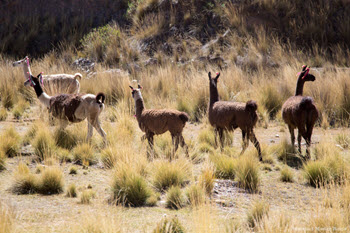
Meiggs was quoted famously boasting, “Anywhere the llama goes, I can take a train.”
When an engineer protested to Meiggs that “we can’t run a railroad along there,” Meiggs is said to have replied: “Well, young man, that’s where she’s got to go, and if you can’t find room for her on the ground, we’ll hang her from balloons.”
That is very nearly how Malinowski and his workforce pulled it off, as noted in this description published in 1909 upon the railways’ completion:
“The Oroya Railroad has been called ‘railroad among the clouds.’ In order to construct it, the chief engineer, Mr. Ernest Malinowski, and his assistants, resorted to the most extraordinary devices and methods. The height ascended by this railway is within 136 feet that of the summit of Mount Blanc, Switzerland. The road bends upon itself with sharp angles as it ascends the mountainsides, like a staircase with many turns. It pierces the obstructing peaks with 32 tunnels, which often come together so closely that they seem continuous to the traveler. The great gorges had to be traversed and torrent streams spanned by bridges seem to hang in midair. The mountainsides were, in several instances, so precipitous that the workmen could only reach the point at which a tunnel started by being let down with ropes from the edge of the cliff and held there till they had cut for themselves a foothold in the rock. The diamond drill was used in many of the borings. Engineers were often compelled to triangulate from the opposite side to mark out the course of the road, while in one case they and their men were conveyed across the chasm over the Rimac on wire ropes suspended several hundred feet in the air between the two opposite cliffs.”
~ National Bureau of the American Republic, Bulletin, Volume 28, No 1, 81 (January, 1909).
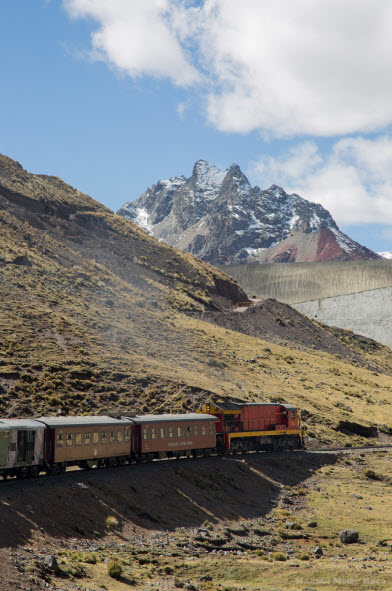
This endeavor was — and remains — as W.R. Grace biographer Marquis James put it, “perhaps the most daring, imaginative, and costly piece of railroad engineering ever undertaken.”
“The wonder to me is that more tourists in Peru do not make the trip over the line simply to view the magnificence of the scenery,” the two-time Pulitzer Prize winning writer commented in his 1993 work “Merchant Adventurer: The Story of W. R. Grace.”
Travel Tips About the Altitude
This railroad crosses the Continental Divide at Galera more than 15,680 feet above sea level. It is advisable to not take advantage of that complimentary Pisco Sour in the Bar car and open-air Observation carriage if you are feeling at all put upon by the thinness of the air. A pair of trained, registered nurses will make several passes through the passenger cars with oxygen tanks.
Do not be shy about asking them to slip that mask over your nose and mouth. Ten minutes of deep breathing with that tank can prevent the onset of more severe Soroche.
Here are some other Tips for Travelers who plan to brave high altitude.
A Peru Travel Experience Off the Beaten Tourist Path
This journey is a train enthusiast’s dream. But be aware, it is not particularly geared toward non-Spanish speaking foreign tourists, although all are welcome. This is an old-style, authentic Peruvian travel experience that will require of the traveler who is not fluent in Spanish to perhaps stretch their communication skills with a phrase book or language App. The results will be that much more rewarding and satisfying for the effort.
You can find more information about the train prices by reaching us via our Ticket Information Page for the Ferrocarril Central Andino Train to Huancayo.
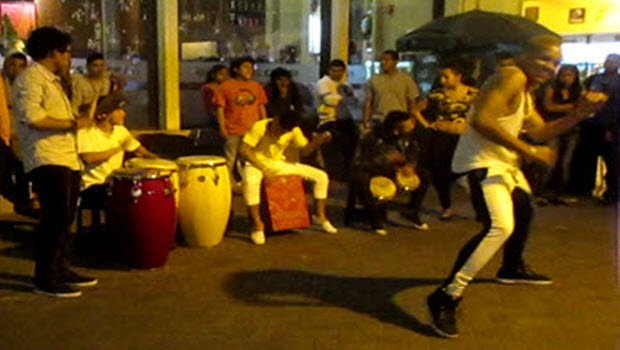 Trip to Peru: Lima’s street theatre renaissance
Trip to Peru: Lima’s street theatre renaissance 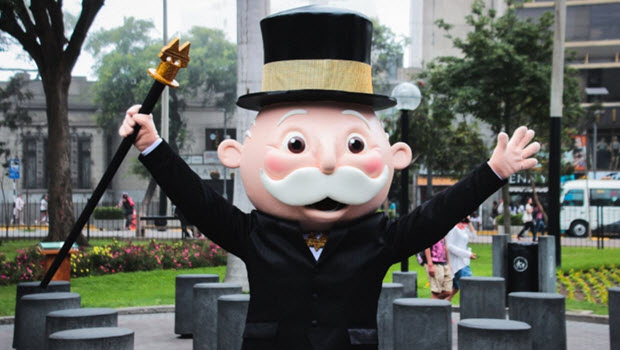 Lima voted TOP property in MONOPOLY HERE & NOW: World Edition
Lima voted TOP property in MONOPOLY HERE & NOW: World Edition 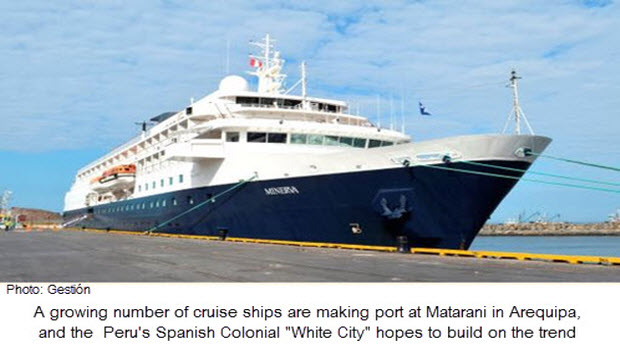 Make Arequipa a port of call on a luxury cruise vacation
Make Arequipa a port of call on a luxury cruise vacation 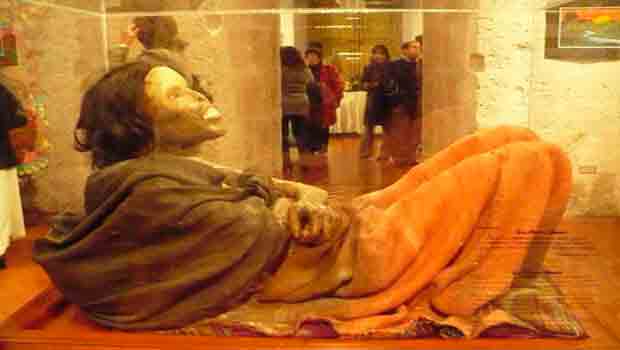 Arequipa tour attraction Juanita mummy placed in deep freeze
Arequipa tour attraction Juanita mummy placed in deep freeze 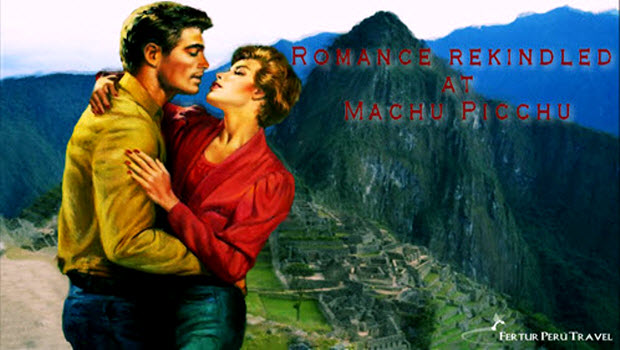 The romantic journey to Machu Picchu
The romantic journey to Machu Picchu 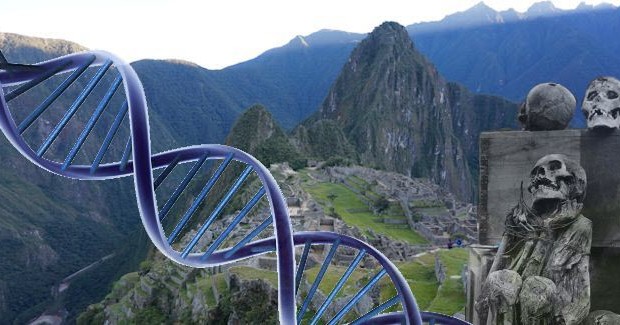 Scientists to Study Ancient DNA to Unravel the Mystery Of Machu Picchu
Scientists to Study Ancient DNA to Unravel the Mystery Of Machu Picchu 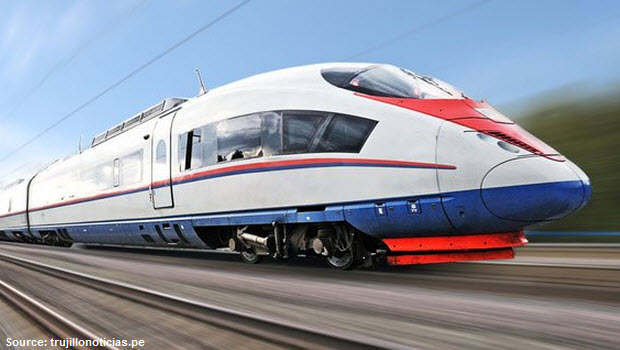 Travel News: Coast Rail planned for Peru
Travel News: Coast Rail planned for Peru 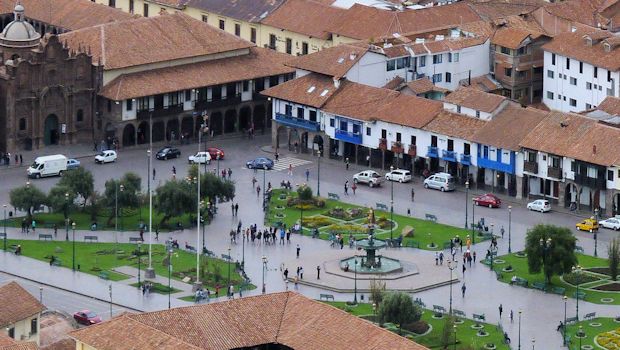 Pilot project: Cusco’s main plaza a vehicle-free pedestrian zone
Pilot project: Cusco’s main plaza a vehicle-free pedestrian zone